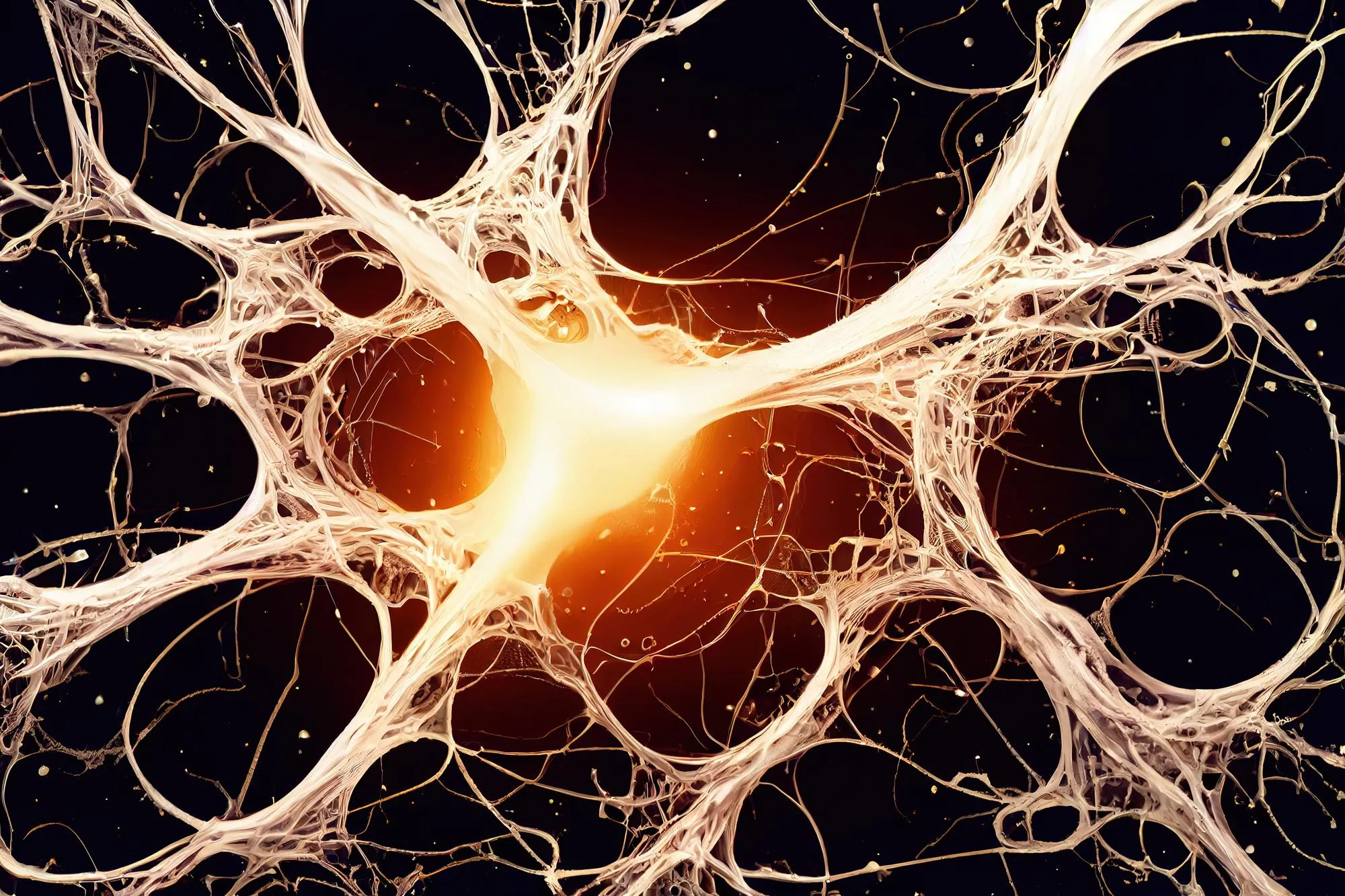Abstract
The differential diagnosis of peripheral nerve sheath tumors (PNSTs) with other soft tissue tumors is challenging due to overlapping imaging features on conventional Magnetic Resonance Imaging (MRI). A study exploring the application of high-resolution 3-Tesla (3T) Magnetic Resonance Neurography (MRN) for the diagnosis of PNSTs shows promising results. This article reviews the pioneering research conducted by Zhai Heng and colleagues, which was published in Scientific Reports on 6th May 2019, detailing the efficacy of this imaging technique and its ability to potentially revolutionize preoperative evaluation of PNSTs.
Introduction
In a groundbreaking study (DOI: 10.1038/s41598-019-43450-w) published in Scientific Reports, Zhai Heng et al. revisited the diagnostic challenges of peripheral nerve sheath tumors (PNSTs) and evaluated the efficacy of 3-T MRN using Sampling Perfection with Application-optimized Contrasts using different flip angle Evolution (SPACE) sequences. With a focus on contrasting enhancements and visualizing PNSTs more accurately, this research marked a significant milestone in neuroimaging.
The radiological assessment of PNSTs has historically posed limitations to healthcare professionals due to the difficulty in distinguishing these neoplasms from other soft tissue masses. Consequently, improved imaging techniques that can offer clearer visualization and characterization of these tumors are of paramount importance for guiding surgical interventions and improving patient outcomes.
Methodology
Heng and colleagues conducted a retrospective study on 30 patients diagnosed with PNSTs through surgery and pathology. Utilizing both MRI and 3D Short tau inversion recovery (STIR) SPACE sequences, comparisons were drawn between conventional imaging and high-resolution 3-T MRN results. The contrast-enhanced images were analyzed for tumor visualization in detail, focusing on the number, location, morphology, size, signal intensity, and enhancement characteristics.
Findings
The study revealed that, in comparison to conventional MRI, the imaging appearances of PNSTs on 3D-STIR SPACE sequences were significantly clearer, demonstrating a higher accuracy in terms of the neurogenic origin, length of the peripheral nerves, and their relation to the PNSTs (P < 0.05). Furthermore, the contrast-enhanced 3D STIR SPACE images yielded superior background suppression of peripheral nerves, making it easier to differentiate the tumors from surrounding tissues.
Characteristic signs such as the “split fat” sign and “target” sign, which are diagnostic indicators of PNSTs, were observed in some patients within the study. These signs, previously reported in other studies (Huang JH et al., 2005; Chhabra A et al., 2011), bolster the diagnostic information that can be gleaned from high-resolution MRN imaging.
Discussion
The implications of these findings are considerable, with high-resolution 3-T MRN offering a leap forward in the preoperative evaluation of PNSTs, especially in the anatomic specificity and structural visualization. This allows clinicians to identify the tumors’ spatial relationship with other anatomical structures better, aiding in the planning of surgical excisions and potentially reducing postsurgical morbidity.
Comparative studies, such as those of Anil G and Tan TY (2011) and Chhabra A et al. (2013), have discussed the advantages of advanced MRI techniques in neuroimaging but lacked the high anatomical resolution that 3-T MRN achieved in the current study. The research by Zhai Heng’s team fills this gap, providing a compelling case for the widespread adoption of 3D-STIR SPACE sequences in imaging PNSTs.
Conclusion
Zhai Heng and colleagues have opened new vistas in the imaging and diagnostic evaluation of peripheral nerve sheath tumors through their innovative use of high-resolution 3-T MRN. Their study’s robust methodology and significant findings underscore the technique’s diagnostic superiority, paving the way for improved preoperative planning and better patient outcomes.
Keywords
1. Peripheral nerve sheath tumors
2. 3-T Magnetic Resonance Neurography
3. High-resolution MRI
4. Diagnostic Imaging of PNSTs
5. Neuromuscular radiology
References
1. Zhai H, et al. (2019). Magnetic resonance neurography appearance and diagnostic evaluation of peripheral nerve sheath tumors. Scientific Reports, 9(6939), 10.1038/s41598-019-43450-w.
2. Huang JH, Zhang J, Zager EL. (2005). Diagnosis and treatment options for nerve sheath tumors. Expert Rev Neurother, 5(515), 10.1586/14737175.5.4.515.
3. Chhabra A, et al. (2011). The role of magnetic resonance imaging in the diagnostic evaluation of malignant peripheral nerve sheath tumors. Indian J Cancer, 48(328), 10.4103/0019-509X.84945.
4. Anil G, Tan TY. (2011). CT and MRI evaluation of nerve sheath tumors of the cervical vagus nerve. AJR Am J Roentgenol, 197(195), 10.2214/AJR.10.5734.
5. Chhabra A, et al. (2013). High-resolution 3T MR neurography of the brachial plexus and its branches, with emphasis on 3D imaging. AJNR Am J Neuroradiol, 34(486), 10.3174/ajnr.A3287.
About the Authors
Zhai Heng, Lv Yinzhang, Kong Xiangquan, Liu Xi, and Liu Dingxi are part of the radiology or neurology departments of Union Hospital and Tongji Medical College at the Huazhong University of Science and Technology in Wuhan, China. Their collaborative research efforts focus on improving diagnostic imaging, particularly for neuromuscular diseases.
This research was supported by grants and institutional sponsorship, allowing for an integrated research environment combining clinical expertise and advanced imaging technologies. The authors declare no competing interests in the study, highlighting the integrity and academic contribution of their work.
